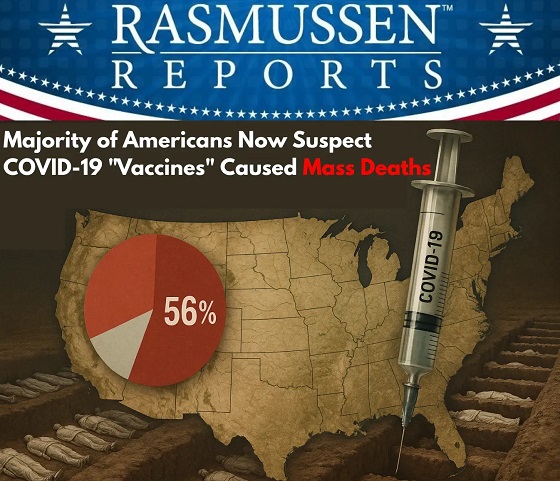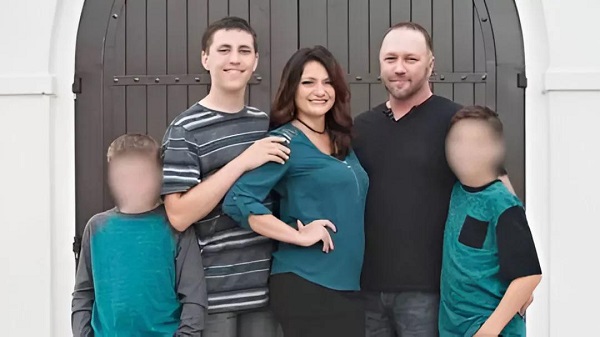The Justice Centre announces that Thursday, November 2, 2023, the Federal Court of Appeal will hear the constitutional challenge of Robin Francis, who lost his job and was then denied Employment Insurance benefits after refusing to take the Covid vaccine based on his religious beliefs.
The hearing will take place in-person at the Federal Court of Appeal in Toronto, Courtroom 7C, located at 180 Queen Street West, Suite 200. The hearing can also be attended via Zoom by registering here.
Dr. Francis, a father of four and a PhD engineer, had been employed at a health centre in Ontario. Throughout 2020 and 2021, Dr. Francis worked remotely. His employer had not expressed dissatisfaction with his performance, and he was considered a diligent and hardworking employee with an exceptional attendance record. Nevertheless, on September 3, 2021, Dr. Francis was informed that his employer would require all employees to show proof of being vaccinated for Covid or to provide documentation for a medical or human rights exemption.
Dr. Francis applied for a religious exemption, but, on October 5, 2021, his employer summarily denied his request for an exemption. On October 22, 2021, Dr. Francis was fired for not taking the Covid vaccine, despite the fact that Dr. Francis’ decision was based on his religious convictions.
When Dr. Francis applied for EI benefits, the Employment Insurance Commission denied his request, stating in a letter on January 11, 2022, that he had lost his employment as a result of his “misconduct.” Dr. Francis sought reconsideration, but, on March 3, 2022, the Commission confirmed its decision.
Dr. Francis appeal to the Social Security Tribunal–General Division, which dismissed his appeal on July 26, 2022. He then appealed to the Appeal Division, which issued a decision on February 17, 2023, rejecting his appeal.
On March 22, 2023, Dr. Francis filed a Notice of Application in the Federal Court of Appeal, challenging the denial of his request for EI Benefits.
Many other Canadians have been denied EI benefits on the basis that their choice to not get vaccinated constituted “misconduct.” In 2021, (then) Employment Minister Carla Qualtrough stated that Canadians who did not receive the Covid vaccine could be justifiably terminated and denied access to EI.
Counsel for Dr. Francis, James Manson, stated, “In my view, the Tribunal’s decision in this case is deeply concerning. In most cases, employee ‘misconduct’ (as contemplated by federal legislation) can and should result in an employee losing their entitlement to Employment Insurance benefits. This case is different, however. Our view is that an employee’s unwillingness to comply with any workplace policy that violates their fundamental Charter rights cannot qualify as ‘misconduct,’ particularly in the free and democratic society of Canada, where an enormous value is rightly placed on the rights and freedoms of the individual.”
Mr. Manson continued, “In this case, the Tribunal appears to be saying that no matter what an employer’s workplace policy requires (even if it requires an employee to do something that violates his or her Charter rights), failure to abide by that policy means that the employee must also lose their EI benefits if they are terminated by their employer. That is far too draconian a result. It simply does not accurately reflect the state of the law in Canada on this issue, and I am confident that the Federal Court of Appeal will agree. This case could potentially set a significant precedent for many other Canadians denied EI benefits on account of their personal decision not to take the Covid vaccine.”


















